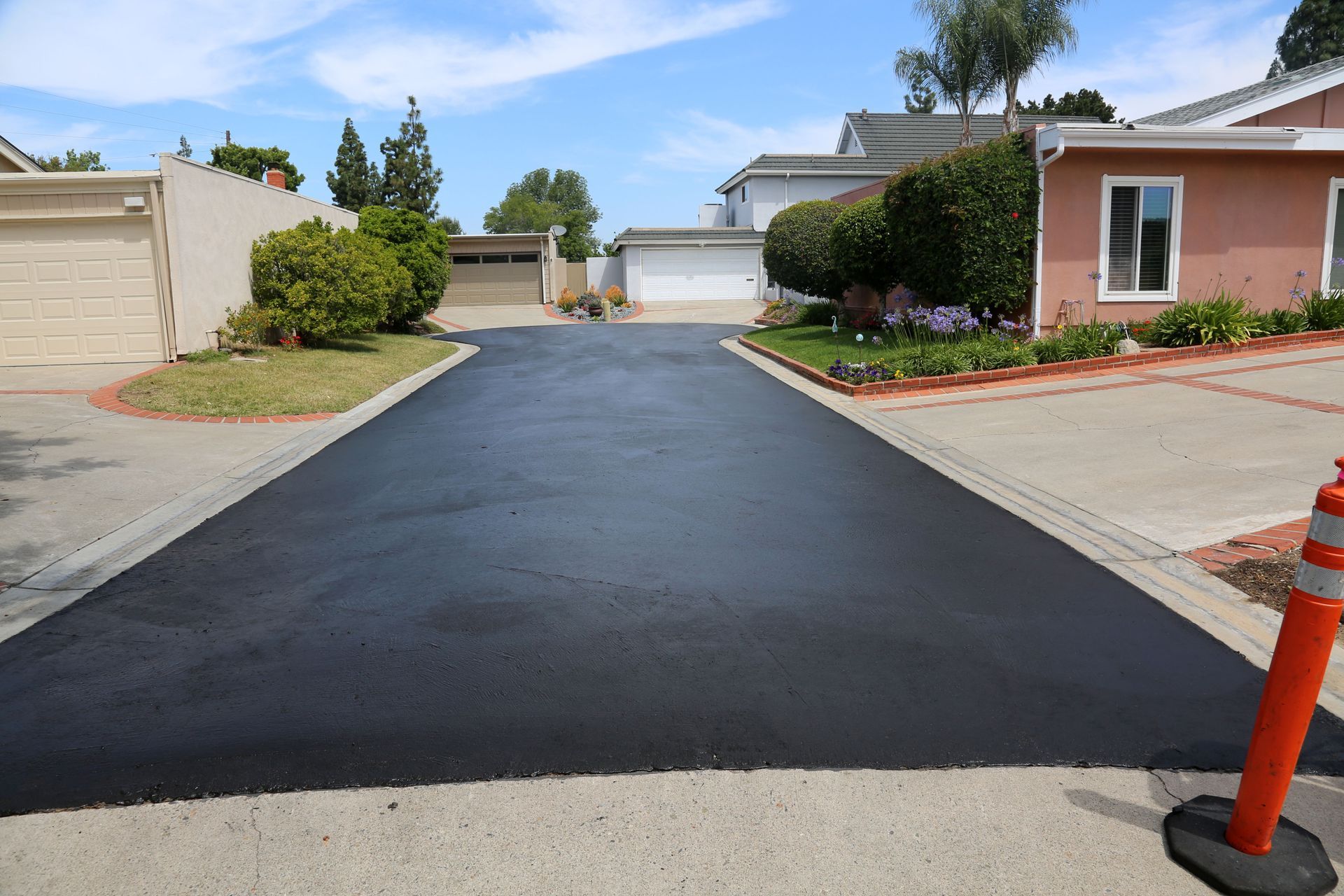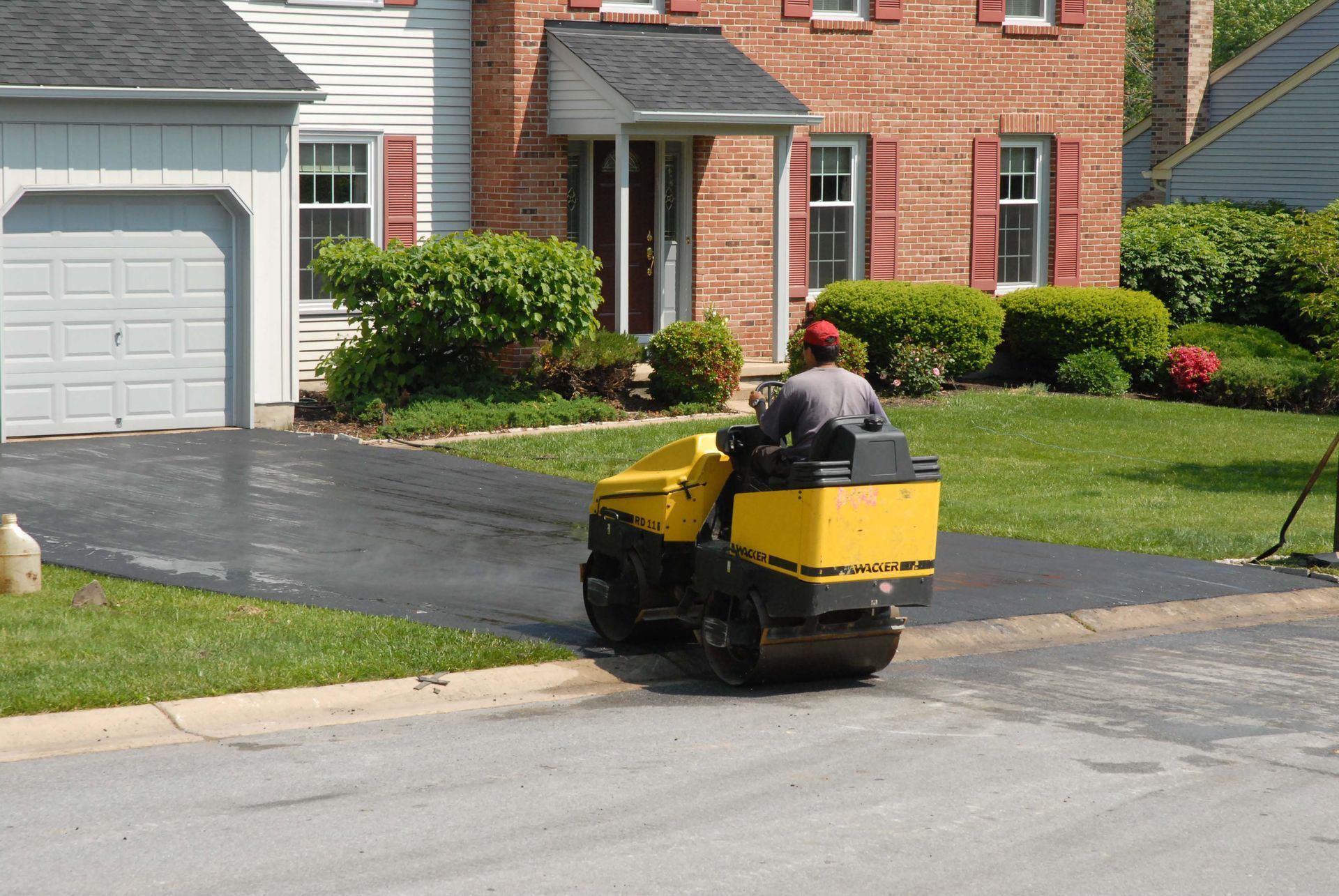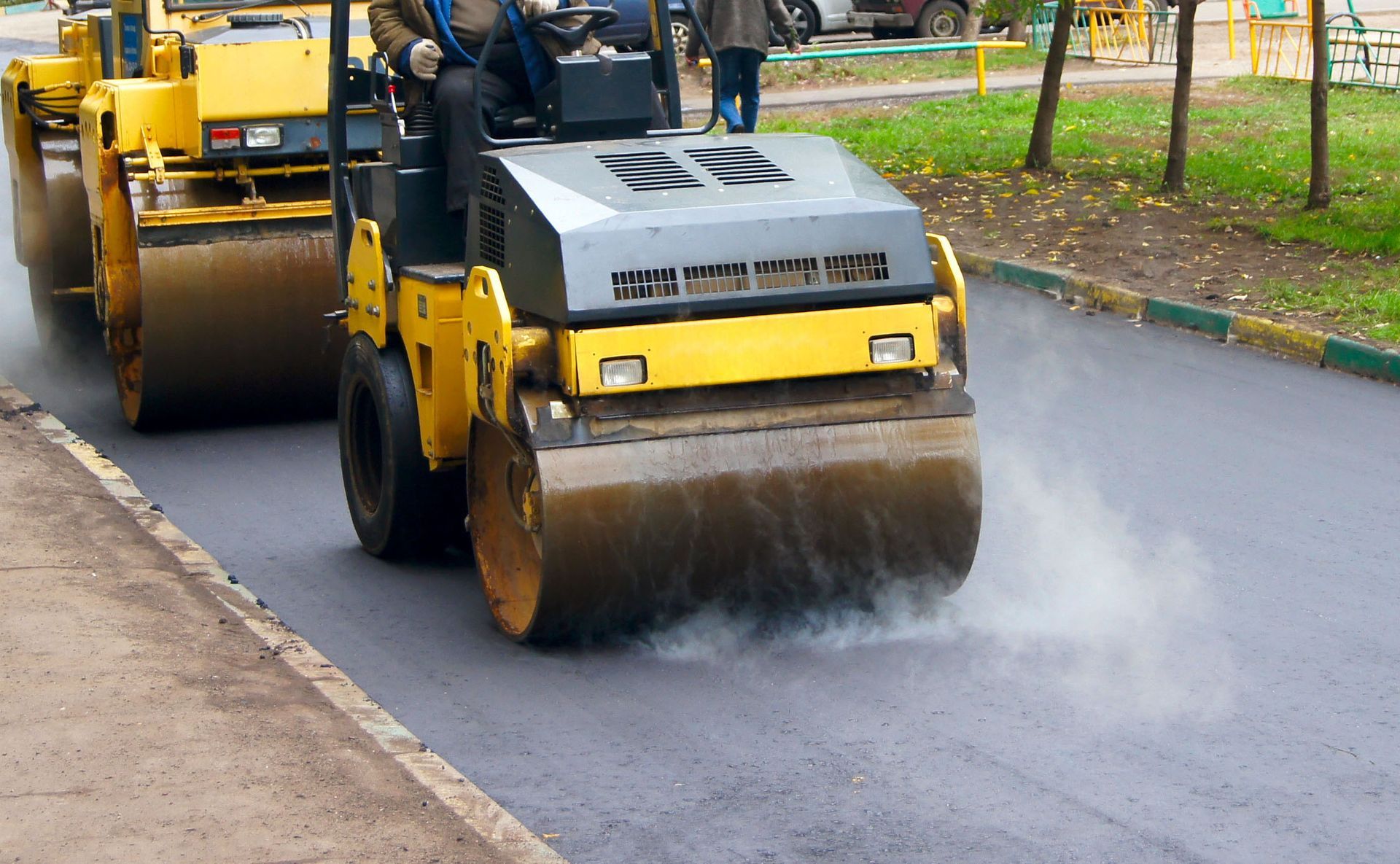What to Expect In an Asphalt Driveway Installation
Choosing to install an asphalt driveway is more than just a home improvement project. It represents a considerable financial investment and a long-term enhancement of your property. Asphalt driveways are known for their durability, smoothness, and ability to withstand different weather conditions. However, for the installation to be successful and meet your expectations, it's essential to comprehend the procedure thoroughly. This article aims to provide a step-by-step guide to the typical stages of asphalt driveway installation, ensuring that you are well-informed and prepared for each phase of the process.
Preparing the Installation Site
Assessing the Site
The first step in any successful asphalt driveway installation is a comprehensive assessment of the site. Professionals typically examine the land to understand its layout, soil composition, and any underlying factors that might affect the project. This assessment helps determine necessary preparations, such as land grading and appropriate drainage solutions, both vital for a long-lasting driveway.
Marking Utilities and Boundaries
Marking underground utilities and property boundaries is an indispensable part of preparing for asphalt driveway installation. Failing to identify these crucial elements can lead to accidental damage, jeopardizing property safety and increasing repair costs. Before any excavation, professionals use tools and records to locate and mark these elements clearly, avoiding potential damage. This knowledge aids workers in navigating the site responsibly, ensuring installations occur safely with respect to existing infrastructure.
Layering the Asphalt
Choosing the Right Mix
When it comes to asphalt layering, selecting the right mix is essential for achieving optimal durability and performance. Different compositions of asphalt are available, each designed to cater to specific climate conditions and expected traffic levels. For instance, in colder climates, an asphalt mix with higher flexibility might be more suitable, whereas in hotter regions, a more durable and heat-resistant mix would be preferable. By choosing an appropriate mix, the driveway will be able to withstand the rigors of local weather patterns and vehicular pressures.
Applying Heat
The application of heat plays a vital role in asphalt paving, influencing both the compaction process and surface finish. Heating the asphalt mix to the correct temperature is necessary to achieve a cohesive and uniform layer. Properly applied heat allows the materials to bind efficiently, ensuring a smooth, even surface that enhances both aesthetics and functionality.
Laying the Asphalt
The actual process of laying the asphalt involves spreading and leveling it over the prepared base using specialized equipment. This stage is critical, requiring skilled operators to ensure that the asphalt is distributed evenly and within desired thickness specifications. Once the asphalt is laid, it begins to solidify, forming the foundational structure of the driveway. Achieving a seamless finish during this step minimizes surface imperfections and promotes a visually appealing driveway. The craftsmanship exhibited in this stage significantly impacts the driveway’s outcome and its long-term resilience.
Rolling and Compacting
Rolling and compaction bring everything together, compacting the laid asphalt using rollers to bind the materials effectively. Heavy rollers pass over the surface to remove air pockets and create a smooth, durable finish. This process is significant because any air voids or gaps can lead to weakness and degradation over time. Effective rolling results in a robust asphalt layer, providing a stable and enduring driving surface. Quality compaction not only influences the initial appearance but also affects the long-term performance and maintenance frequency of the driveway.
Considering Post-Installation Needs
Allowing Curing Time
After installation, asphalt driveways require time to cure properly and fully harden. According to Today's Homeowner, asphalt driveways typically take around six months to fully cure and achieve their maximum hardness. During this curing time, it is critical to avoid any heavy use that may overload the surface, such as parking large vehicles. Patience during this period pays off, as allowing the driveway to cure fully enhances its durability and resistance to wear and tear. Following the correct curing protocols extends the lifespan of the driveway and ensures that it remains in good condition for years to come.
Following Initial Use Guidelines
During the initial post-installation weeks, following specific guidelines for use is crucial in maintaining the integrity of the newly laid asphalt driveway. Homeowners are advised to limit the use of heavy vehicles to prevent indentations or other damage while the driveway is still curing. Generally, allowing a few days before any vehicle use and treating the driveway gently during the first few weeks contributes to its longevity. Regular monitoring and avoiding sharp turns or sudden braking can also prevent surface damage during this vulnerable period. By adhering to these initial use guidelines, the driveway’s surface can cure effectively and maintain its intended durability and appearance.
Cleaning and Maintaining
Regular cleaning and maintenance are fundamental for preserving the appearance and functionality of an asphalt driveway. Simple acts like sweeping away debris and washing the surface can help keep it looking fresh and avert damage from accumulated dirt. Maintenance also includes dealing with small cracks or potholes promptly to prevent these minor issues from escalating and compromising the driveway's structure. Periodic inspections to check for signs of wear and tear will catch potential problems early, allowing for preventive measures. Consistent upkeep minimizes the need for costly repairs, ensuring the driveway’s longevity and sustained curb appeal.
Applying Sealcoating
Sealcoating offers a protective layer that helps shield the asphalt surface from weather and wear. Applying a sealcoat every few years renews the surface, making it resistant to chemicals like oil and gasoline while enhancing its visual appeal by giving it a rich black finish. Sealcoating also fills small surface voids, reducing the exposure of the asphalt to oxygen and additional UV rays. The timing for sealcoat application, generally recommended once the driveway is fully cured, is vital to maximize benefits.
Monitoring for Damage
Monitoring the driveway for damage is a proactive approach to maintaining its health and appearance. Signs of damage, such as cracks, potholes, or depressions, should be addressed immediately to prevent them from worsening. Catching these issues early allows for simpler and less expensive repairs, compared to dealing with advanced deterioration. Homeowners should also pay attention to drainage issues that might affect the driveway, ensuring that water is flowing properly away from the surface.
Choosing the Right Contractor
Researching Contractors
Choosing a reputable contractor can make a significant difference in the success of your asphalt driveway installation. Thorough research into potential contractors is crucial, focusing on their experience, expertise, and past project outcomes.
Reading Reviews and References
Analyzing customer reviews and references can provide valuable insights into a contractor's capabilities and past performance. First-hand testimonials reveal the quality of work, reliability, communication skills, and how issues were handled. Positive reviews and consistent satisfaction rates serve as strong indicators of a contractor's dedication and proficiency.
Comparing Proposals
Evaluating contractor proposals is a critical step in the selection process. Each proposal should be scrutinized based on cost, timeline, scope of work, and included terms and conditions. A comprehensive proposal outlines the project approach, expected materials, and any potential contingencies, allowing for a transparent understanding of the project plan.
Installing an asphalt driveway is a substantial undertaking that requires careful planning and execution. By understanding each step of the process and making informed decisions, homeowners can achieve a durable and aesthetically pleasing driveway that adds value to their property. This guide equips homeowners with the necessary insights to navigate the complexities of asphalt driveway installation successfully. From preparation and installation to post-installation care and maintenance, each stage builds upon the next, ensuring the longevity and function of the new driveway. With the knowledge provided herein, you are well-prepared to embark on your driveway installation with confidence and conviction.
If you are ready to transform your property with a high-quality asphalt driveway, reach out to Driveways by Heap. Our team is here to provide professional guidance and dependable installation services that stand the test of time.














Share On: